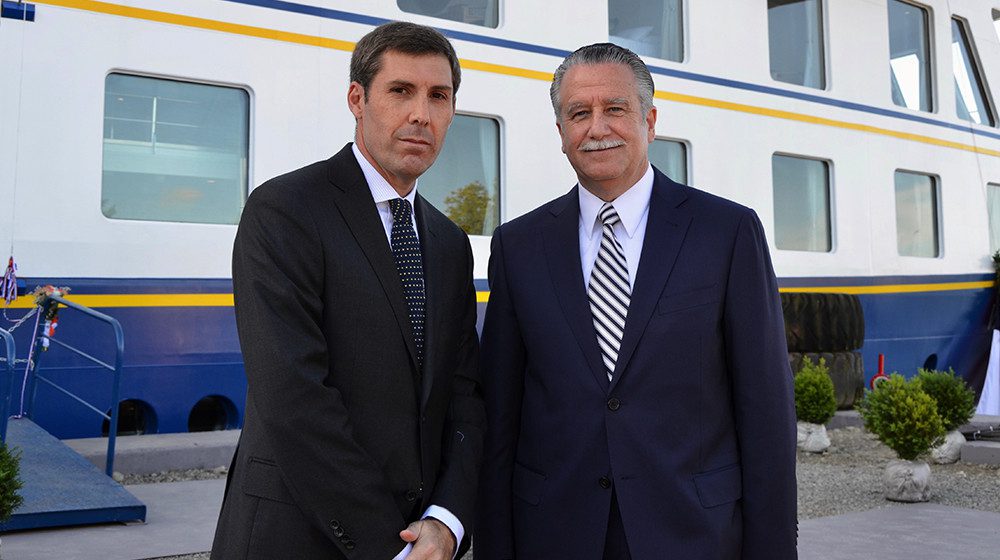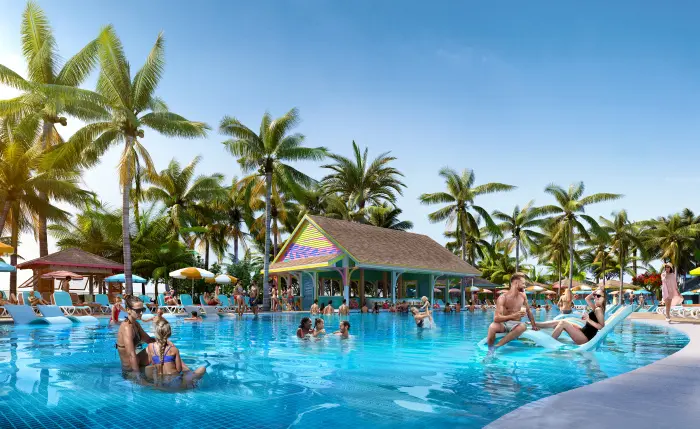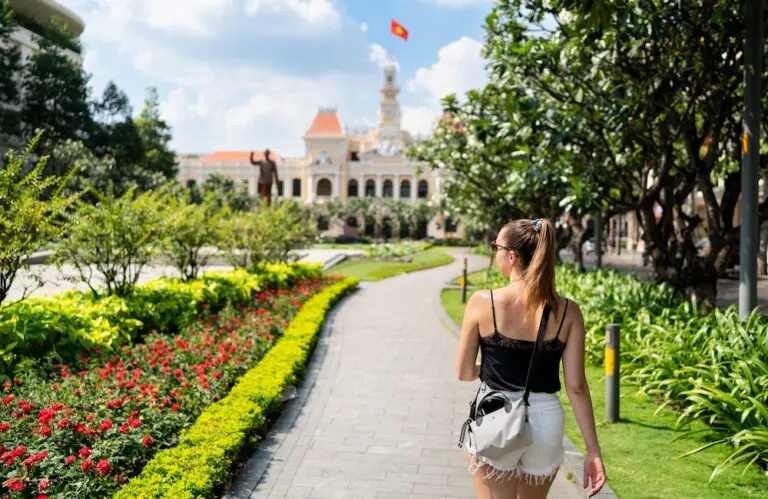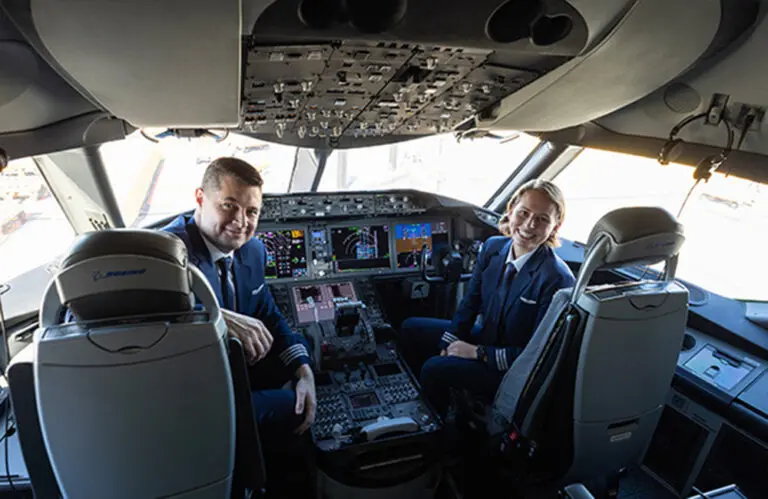Ditching plastic bottles & sourcing greener solutions may be relatively new to the cruise industry as a whole, but caring for the waters & the environment is something Australis Cruises has been doing for years.
Speaking to KARRYON, General Manager Pedro Del Río said that Australis Cruises is already operating with strict sustainable practises in place that are designed to protect both the ocean as well as the land the line visits – Patagonia.
He explained that in addition to plastic-free sailings, the line requires its guests to maintain wooden walkaways in order to prevent land erosion, ships are equipped with latest technology that minimises energy and water consumption, while staff is recruited from Chile in order to support locals.
And they’re just the start. Read on for more on how Australis Cruises has mastered (yet still working furiously to improve) sustainable cruising:
Sustainability is top of everyone’s mind at the moment, especially in cruising, what eco-friendly initiatives has Australis Patagonia Cruises introduced?

Navigating one of the most unspoilt environments in the world has always made us aware of the importance of conducting our operations in a sustainable way. In the last few years, this concern has taken a prime responsibility as an expedition cruise company – and we know that it is an increasingly important issue for our passengers.
Our sustainable policies on board range from simple measures such as phasing out single-use plastics, to offering sustainable alternatives such as reusable canteens, which have allowed us to avoid the use of 75,000 plastic bottles every season. We have also installed a digital information system –AustralisNet- which keeps our passengers informed onboard whilst avoiding the use of paper.
Generally speaking, we conduct our operations to minimize any harm to the environment: we maintain wooden walkways to avoid erosion of the places we walk, our ships use technologies that help us to minimise energy and water consumption and the marine diesel we consume – MGO – has one of the lowest sulphur rates in the world.
Finally and perhaps our most important sustainable initiative is the collaboration program we have with scientists conducting research on Patagonia. We take them to glaciers and other remote places that they couldn’t reach on their own, as well as training our guides to assist with them in their studies – like taking water samples or counting birds, for instance. The information that is collected in the studies is shared with our passengers who become aware of the importance of the Patagonia ecosystem.
And what initiatives does the cruise line have in place to support the communities its guests visit?

The places we visit are extremely remote – almost zero population, with the exception of the Chilean navy officer and his family that cares for the lighthouse of the end of the world, in Cape Horn. But we prioritise working with local people and suppliers.
The majority of our crew is from the southern part of the country. We offer local products on the menu such as Magellanic lamb and beer produced in Punta Arenas. In addition, in Wulaia Bay we maintain an information centre that educates our passengers about the Yamanas, who were the native inhabitants of the Tierra del Fuego channels.
On the subject of sustainability, over tourism, particularly with big cruise ships, is of grave concern to people, especially the media, how do you think the industry can combat this?

At Australis, we operate cruise ships with capacity for no more than 200 passengers, but for both us and mass cruises, it is a challenge to be extremely sustainable.
As part of the industry, we should all be oriented towards incorporating sustainability in every link in the chain, from the printing of boarding tickets to the energy sources we use on ships. We must be at the forefront of sustainable technologies.
Patagonia is fast-growing among Aussie tourists as a top place to cruise, why do you think there’s been such a sudden surge in interest?

Tourism is an industry of trends and I believe within the market exclusive destinations that offer an unforgettable experience are increasingly gaining ground. In those terms, Patagonia and the channels of the end of the world are an unparalleled alternative.
Has the expedition line experienced an increase in Aussie bookings? If so, which is their favourite itinerary to book?

A considerable increase, we could say that in the last three seasons the increase in Aussie bookings is up close to 40 percent.
What sets the cruise line apart from others cruising in Patagonia?

Our cruise ships were specially designed and built to navigate the shallow waters and narrow fjords of Tierra del Fuego (most of the cruise ships that sail through Patagonia make a navigation route that only passes around).
As well as our physical capabilities of discovering more of the region, we also have been exploring the region for 30 years in a very secluded area full of ‘nooks and crannies’ – so we know how to reach secret bays and glaciers that are hidden for the common cruises which sail around.
I’m sure you’ve cruised the region frequently, what are some of your favourite things to see and do there?

Image: Derek Oyen/Unsplash
Walking among a huge colony of penguins or hearing the silence of the remoteness in front of a glacier are unbelievable experiences, but nothing compares to becoming the southernmost people on earth as you step out at Cape Horn!





